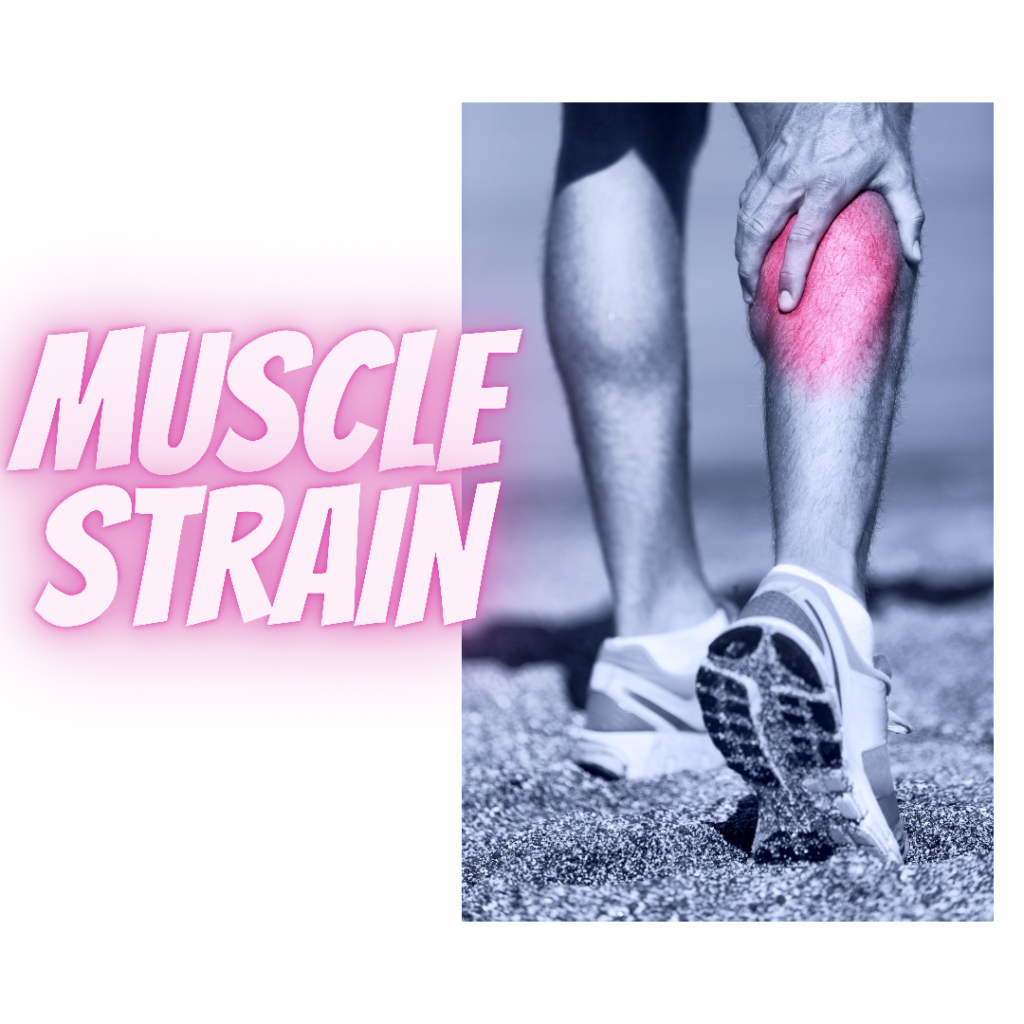
Strained, overworked muscles are, in up to 80% of cases, the leading cause of all acute and chronic back pain, especially in the lower back. Muscles create energy and are the indispensable providers of the mechanical leverage that moves bones. Muscles are always in need of sufficient blood circulation to supply energy for movement and to eliminate toxic wastes from energy metabolism.
A strained muscle or a muscle under spasm undergoes the vicious circle of energy crisis. Injured muscles become tightened. This tightness puts physical pressure on the blood vessels, which result in poor circulation. Insufficient circulation results in an insufficient supply of nutrients and oxygen being delivered to the injured muscles. The energy crisis begins.
When deprived of energy, muscles become tighter and tighter. Then the nerves surrounded by the tightened muscles are subject to hypoxia (low oxygen) and undernutrition and experience an energy crisis as well. During the energy crisis, metabolic toxins are accumulated in the injured muscles. This vicious circle of energy shortage creates muscle pain.
When needles are inserted into tight, strained or spasmed muscles, the needles push the tissues aside and create a microlesion. This process also stimulates a reflex reaction from the motor nerves, which relaxes the tight muscles. Once the muscle starts to relax, adequate blood circulation to the injured muscle is restored, the vicious circle is broken, and the energy crisis is resolved. Improved blood circulation brings sufficient supplies of oxygen and nutrients and allows the elimination of metabolic toxins. The muscles and nerves start the process of self-healing, and the pain starts to subside.